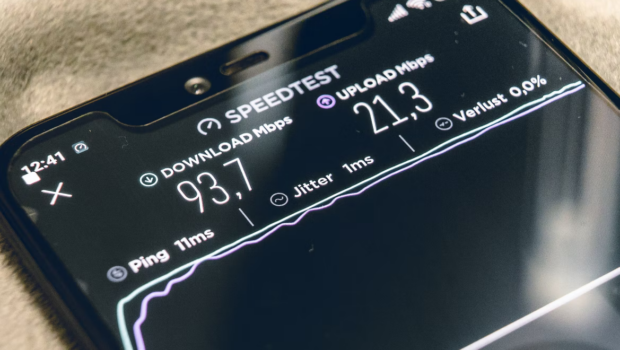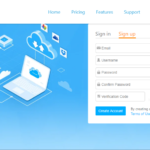Internet Speed Requirement Guide For Common Business Uses
Whether working from home or working in the office, modern employees require modern workplace solutions such as fast and reliable internet. Otherwise, everything from communication between colleagues to relationships with clients suffers.
With modern workers required to perform tasks ranging from attending virtual meetings to uploading large documents complete with high definition graphics, establishing the right internet connection really is paramount to efficient and effective business.
In some cases, talking about a great internet connection can be easier than finding a stable connection. This is often because businesses and workers don’t know what internet plan is needed in order to make the completion of day to day tasks as easy as possible.
Upload speeds, latency and download speeds: A recipe for a great connection
With the rise of remote work, establishing a reliable and secure internet connection has quickly become key to maintaining efficient and effective work output. That’s exactly why it’s so important to understand the minimum and maximum internet speeds needed to complete basic job functions.
With this in mind, the first step towards securing a great internet connection is to understand that there are many different facets that encompass a great internet connection. Firstly, download speed. Download speed will determine how quickly you can access data.
Secondly, there is the notion of upload speeds. Minimum and maximum upload speeds will dictate how quickly you can take information from your own computer and transfer them onto the internet.
Finally, elements of latency are also important. Internet users will need their connection to operate with a low level of latency. This will ensure that there is no delay when transmitting audio or visual data.
It’s also worth noting that, in a remote working environment, an employee may be sharing the internet connection with their partner, housemate or children. If this is the case, it’s important to choose an internet connection, like the NBN, that can support multiple devices while still maintaining great speed and latency levels.
Optimum internet speeds for common business tasks
The rise in remote work has also resulted in the rising popularity of video conferencing. However, video conferencing can be quite a strenuous endeavour for sub-optimal internet connections.
This is because video conferencing relies on high download speeds in order for users to be able to see the video in real time. It also relies on fast upload speeds so that other parties on the call can see your video stream. Latency will also determine if the video and voice sync.
With this in mind, to successfully video conference, users will need anywhere between 3 and 9 megabits per second (Mbps). The variation is because video conferencing in standard definition typically requires 1Mbps while high definition video conferencing needs 6Mbps.
There are however many more aspects to remote work than just video conferencing. As such, routine office tasks will require between 1 and 3Mbps. This will be enough to account for sending and receiving emails, sending small files and messaging through platforms like Microsoft Teams.
For those wishing to download and upload complex files, between 5 and 25Mbps will be needed. This coverage ensures that everything from design files, uncompressed audio files, PDFs and video files can be sent and received without issue.
Finally, workers looking to edit video and graphic programs will require between 45 and 115Mbps. This will allow for the successful downloading and uploading of large multimedia files.
Optimizing internet speeds
When signing up for a basic, standard, plus or even premium plan, users expect to enjoy the download and upload speeds they were promised. However, if you begin to run into problems with your connections, there are steps you can take to rectify common issues.
Those experiencing a slow connection should first start with a soft reset of the modem. If a quick restart doesn’t fix the problem, try using a cable internet connection rather than WiFi. If this isn’t feasible, make sure you’re at least within range of the modem.
While simple measures to take, these steps can save a lot of time and hassle if video conferencing meetings start to appear a little distorted and upload and download times begin to balloon out.
The importance of internet speeds
Advancements in technology have added a layer of simplicity to both personal and business tasks. Looking to communicate with a colleague? Send them an email. Want to conduct a meeting with multiple staff? Create a video conferencing session.
However, in order to successfully complete these tasks, one needs a fast, reliable and secure internet connection. Something that, in the modern world, can be hard to come by if you don’t know your exact speed needs.
By taking the time to research how intensive your business and personal activities are, you can understand what internet speeds will empower you to complete these tasks. This way, you never have to worry about being the only one on Zoom with a grainy connection again.
Cover Image by Mika Baumeister on Unsplash











![The Domination of Mobile Ads: Statistics and Trends [Infographic]](https://technofaq.org/wp-content/uploads/2018/05/The-Domination-of-Mobile-Ads-Statistics-and-Trends-Infographic-768x4380-150x150.png)




